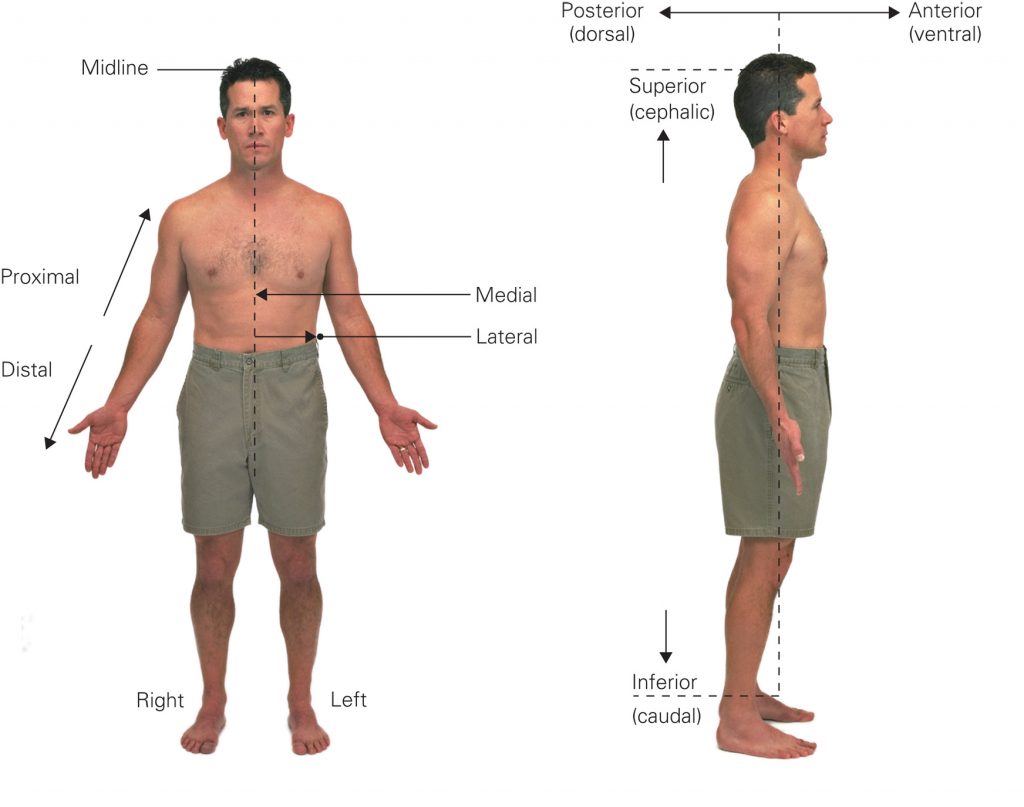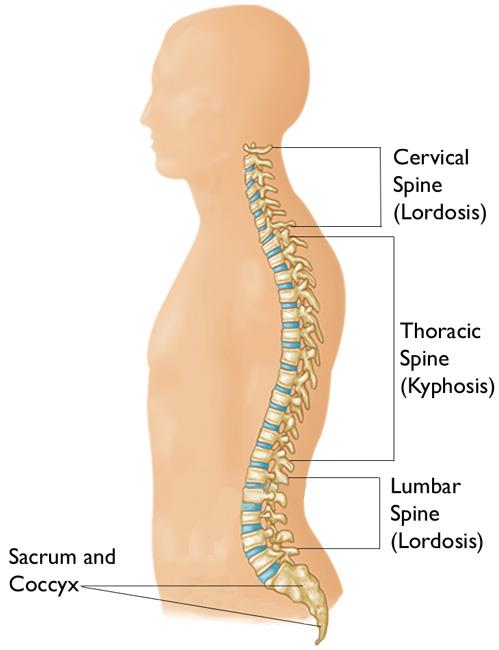
Thank you so much for visiting! As I’m sure you’ve noticed if you’ve already clicked on an article or two, the terminology and methodology underpinning the articles on this site is unusual. In fact, it’s not just unusual, it’s completely unique. This is because the theory underlying these analyses is based on ongoing (as yet unpublished) research. Think of what you see here as a window into this research.
On this page you’ll find a set of guides to this new theory, as well as a glossary of terms. Hopefully with these tools, you’ll be able to understand these analyses, as well as how they can be used to evaluate player talent and schematic fits in the NFL. And if you have any further questions, please don’t hesitate to reach out via the contact form, or to leave a comment under a recent article. Thanks for reading!
Guides
The basic theory underlying the analyses on this site is that human muscular systems (and those of other domestic/ captive mammals) no longer function how they evolved to function. That tracing the evolution of biomechanics shows how modern humans (and domestic mammals) no longer move as efficiently as did our ancestors (gauging versus existing isolated hunter gatherer tribes and wild mammal populations). That there is a qualitative difference between the way you and I move and the way an Amazonian tribesman moves (or a wild lion, cheetah, gazelle, etc).
This qualitative difference is in how fascia functions (using the term “fascia” to mean a broad collective of fascial-associated tissues). In wild mammals and (theoretically) our human ancestors, fascia exists to supplement and complement spinal originating motion. But never to involve itself permanently in a motion (except in the case of injury).
We all evolved to move more or less the same way. But living in modernity (sitting all day with motion often constrained) leads to lifelong inefficiencies via stunted development.
The best athletes are the ones who move in ways closest to our ancestors (or to wild mammals). And it is possible (albeit very time consuming) to observe at a distance whether fascia is interceding involuntarily in a motion. The athletes who show the most linear correlation to basal movement patterns (with no extra motion added involuntarily) are the most efficient. And likely to be the most productive over time (and stay the healthiest).
Fundamentally, these analyses are based on differentiating movement into spinal derived (via tendons and skeletal muscles) and fascial derived.
The Guide to Biomechanical Efficiency explains this basic theory and introduces the methodology underlying theses analyses
The Guide to Biomechanical Borrowing examines what exactly is meant by the term ‘borrowing’, and how this can affect development
Glossary
Anterior is the front of the body, as seen in the diagram below. May also refer to the anterior spine (the part of the spine facing outward towards the front of the body)
Posterior is the back of the body, also as seen in the diagram below. May also refer to the posterior spine (the part of the spine facing backwards towards the rear of the body)
Medial refers to the center of the body (closest to the spine). For the limbs, the pathways leading to the thumb/ forefinger (and equivalent toes) are medial
Lateral refers to the outside of the body (further from the spine). For the limbs, the pathways leading to the middle/ ring/ pinky fingers (and equivalent toes) are lateral

Cervical is the spinal area linked with the head and neck
Thoracic is the spinal area linked with the shoulders, arms, hands, chest, upper/ mid-back, and upper abdomen
Lumbar is the spinal area linked with lower abdomen/ back and the legs/ feet

Biomechanical Efficiency is a measure of blood flow, response time, and fascial development (please see Guide to Biomechanical Efficiency for a full explanation)
Biomechanical Borrowing is when areas are linked and fire together, rather than acting independently (please see Guide to Biomechanical Borrowing for a full explanation)